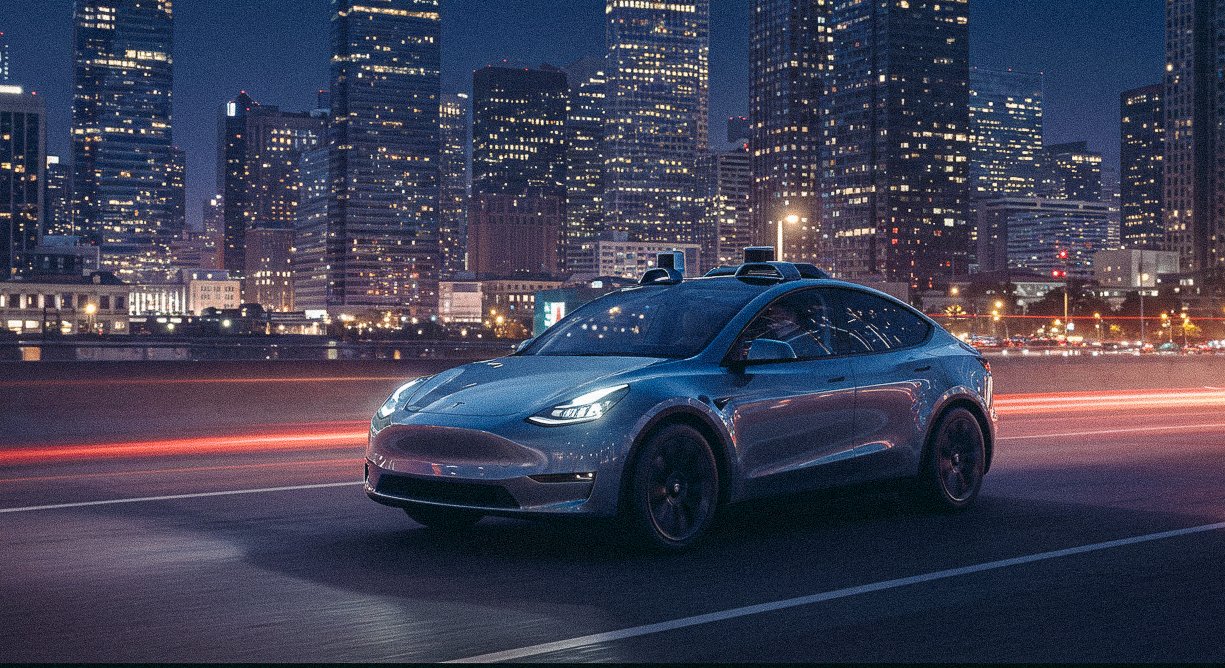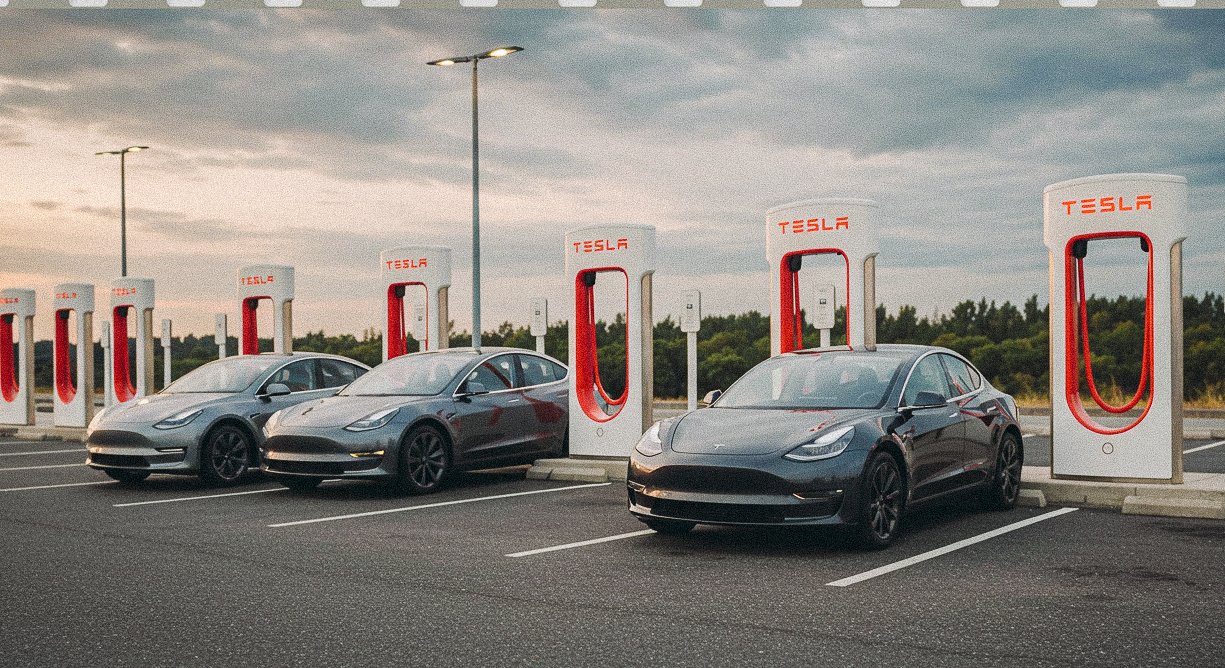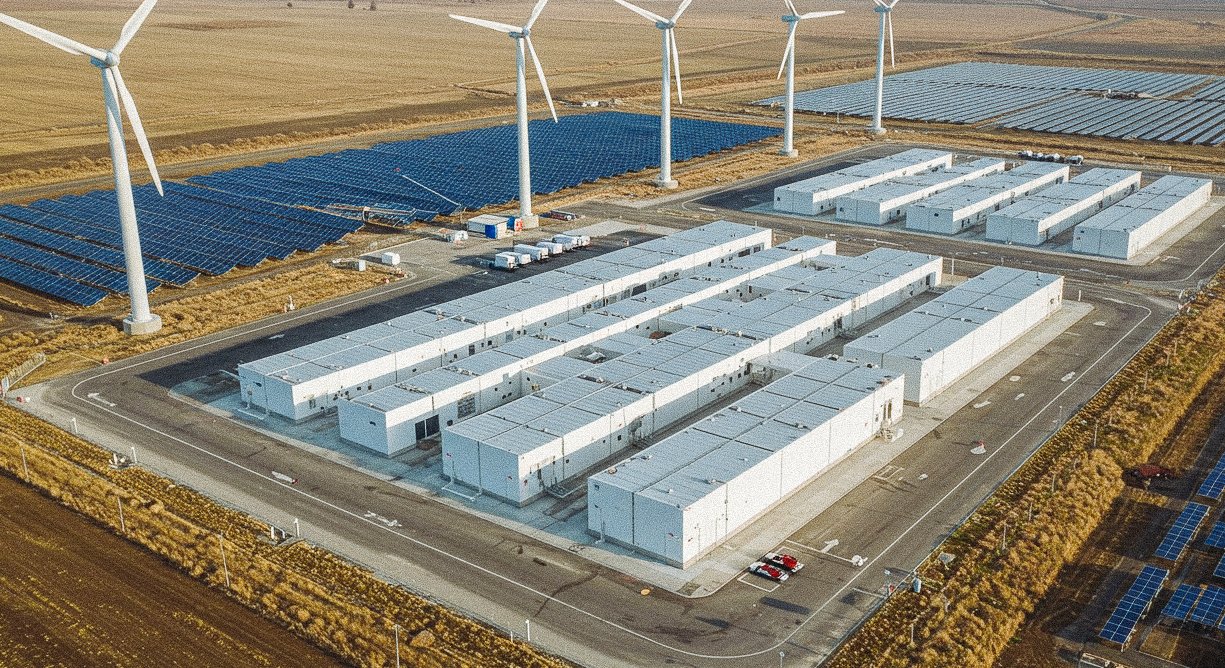Tesla (TSLA) experienced a sharp 15.43% drop, closing at $222.15, wiping out $130.3 billion in market value in a single day. This marks Tesla’s worst single-day decline since September 2020.
📉 This is not just a routine correction—several factors, including global economic slowdown, increasing EV competition, and political controversies, have contributed to this major decline.
Is Tesla’s stock set for further declines, or could it rebound? Let’s break down the key factors behind the crash, Wall Street’s outlook, and investment strategies for Tesla moving forward.
1. Why Did Tesla’s Stock Drop So Sharply? ❌

🔹 (1) Global Economic Slowdown & Rising US-China Trade Tensions 🌍
Tesla is facing macroeconomic headwinds as US-China trade tensions escalate, putting pressure on global EV demand.
✔ Tesla’s Dependence on the Chinese Market
✅ Tesla operates a gigafactory in Shanghai, making China a critical market for both production and sales.
✅ The US government is considering new tariffs on Chinese-made EVs, which could impact Tesla’s supply chain and pricing.
✔ High Interest Rates & Slowing Consumer Spending
✅ With high interest rates, consumers are less likely to finance expensive vehicles like Tesla, leading to a slowdown in demand.
✅ The overall EV market is facing slower-than-expected growth, intensifying competition among automakers.
💡 Takeaway: Economic challenges and trade restrictions could significantly affect Tesla’s global sales and profitability.
🔹 (2) Weak Q1 Sales & Downgraded Forecasts 📉
Tesla’s Q1 2024 sales are expected to fall short of expectations, leading Wall Street analysts to lower their price targets for the stock.
📌 UBS (Swiss Investment Bank)
➡ Cut Tesla’s Q1 delivery forecast by 16% to 367,000 units.
➡ Stated that while the new Model Y refresh could help, overall demand remains weak.
➡ Reduced Tesla’s price target from $259 to $225.
📌 Baird Analyst Ben Kallo
➡ Told CNBC that “rising consumer dissatisfaction with Tesla could negatively impact sales.”
💡 Takeaway: Concerns over declining sales are shaking investor confidence, leading to heavy selling pressure on Tesla stock.
🔹 (3) Sharp Decline in Sales Across Europe & China 🌍
Tesla’s sales have plummeted in key international markets, raising concerns about its global competitiveness.
📌 Germany (Europe’s Largest Auto Market)
✅ Tesla’s new vehicle registrations in January-February 2024 dropped by 70% year-over-year.
📌 China (Shanghai Factory Output Slump)
✅ February 2024 deliveries from Tesla’s Shanghai plant fell 49% compared to January, marking the lowest monthly output since July 2022.
📌 Rising Competition from Chinese EV Makers
✅ Companies like BYD, NIO, and XPeng are rapidly expanding their market share, offering more affordable EVs with strong technology.
💡 Takeaway: Tesla is losing ground in crucial international markets, raising questions about its long-term growth prospects.
🔹 (4) Elon Musk’s Political Controversy & Consumer Backlash ⚠
📌 Musk’s Support for Trump Sparks Backlash
✅ Elon Musk has openly supported former President Donald Trump’s political campaign, causing a polarizing effect on Tesla’s brand.
✅ Progressive consumers and investors have reacted negatively, leading to calls for Tesla boycotts.
📌 Anti-Tesla Sentiment Grows in the U.S.
✅ Incidents of vandalism targeting Tesla vehicles and Superchargers have been reported in various cities.
✅ Some consumers have publicly stated they will not purchase Tesla vehicles due to Musk’s political stance.
💡 Takeaway: Musk’s political involvement is creating brand risks, potentially affecting Tesla’s customer base and investor sentiment.
2. Tesla Stock Outlook – More Downside or a Rebound?

📉 Short-Term Risks – Further Decline to $200?
✔ Some analysts warn that Tesla’s stock could fall to $200 in the near term.
✔ Increased competition and brand perception issues could weigh on future earnings.
🚀 Long-Term Growth Potential – AI & Autonomous Driving as Key Catalysts
✔ Tesla’s Full Self-Driving (FSD) advancements and AI capabilities could drive future revenue growth.
✔ Expansion into robotaxis and battery technology (4680 cells) could help regain investor confidence.
💡 Conclusion: Tesla’s short-term outlook remains uncertain, but its AI & self-driving innovations could fuel long-term recovery.
3. Investment Strategy – Should You Buy Tesla Stock Now?

✅ Short-Term Investors (Swing Traders & Day Traders)
✔ Monitor the $200 support level before making any aggressive trades.
✔ Use tight stop-loss strategies to manage volatility.
✅ Long-Term Investors (5+ Years)
✔ Consider gradual accumulation, focusing on Tesla’s AI & energy storage business.
✔ Despite recent struggles, Tesla remains a leader in the EV and AI-driven autonomous driving markets.
💡 Conclusion: Short-term risks are high, but Tesla’s AI and EV technology could drive long-term value. Careful risk management is key.










